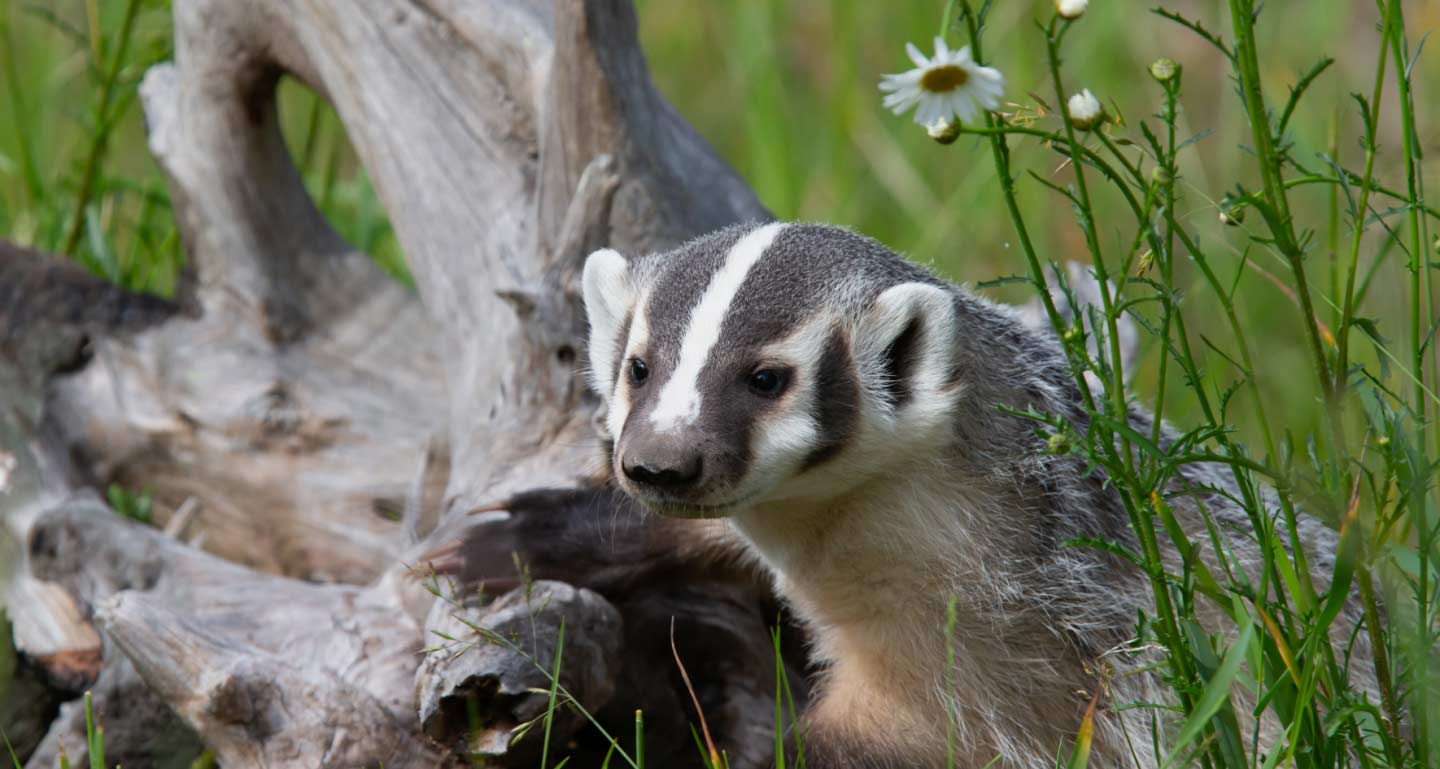See a badger? Alive or road killed?
Your reports help track populations, guide DNA studies, and reduce road deaths.
What We’ve Done
2023–2024
- Installed trail cameras and identified key culverts
- Collected hair samples for DNA analysis
- Built a baseline understanding of badger presence
What’s Ahead
2025 Focus
- Road Culvert Assessments
Clearing and monitoring culverts to reconnect fragmented habitats and reduce roadkill. - Camera Monitoring (Highway 5)
Tracking wildlife movement to understand road crossings and improve infrastructure. - Prey Habitat Surveys
Studying ground squirrels—badgers’ main food source—to map core feeding areas and support healthy prey populations. - Movement Tracking
Mapping badger travel patterns and road crossings to inform conservation and recovery strategies. - Road Mortality Response
Partnering with MoTT and WLRS for fast carcass recovery, DNA sampling, and collision hotspot mapping. - Community Collaboration
Training Simpcw members, working with landowners, and integrating cultural values into long-term stewardship.
Why It Matters
Healthy badger populations mean healthy ecosystems. Simpcw is leading a science-based, community-powered effort to ensure these animals—and their habitats—survive and thrive.
Ecology

